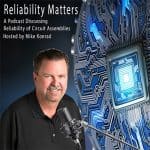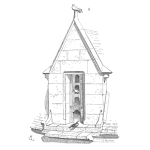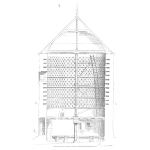
The Spirits of Technical Writing Past, Present, and Future

As engineers, we need to write reports all the time.
Are ours getting returned by reviewers frequently?
Or are we not getting any feedback and are not sure when our report is ‘done’?
We explore the spirits of technical writing past, present, and future – they help us to write for ALL of our audiences. We explore how and why in the episode.








 Ask a question or send along a comment.
Please login to view and use the contact form.
Ask a question or send along a comment.
Please login to view and use the contact form.